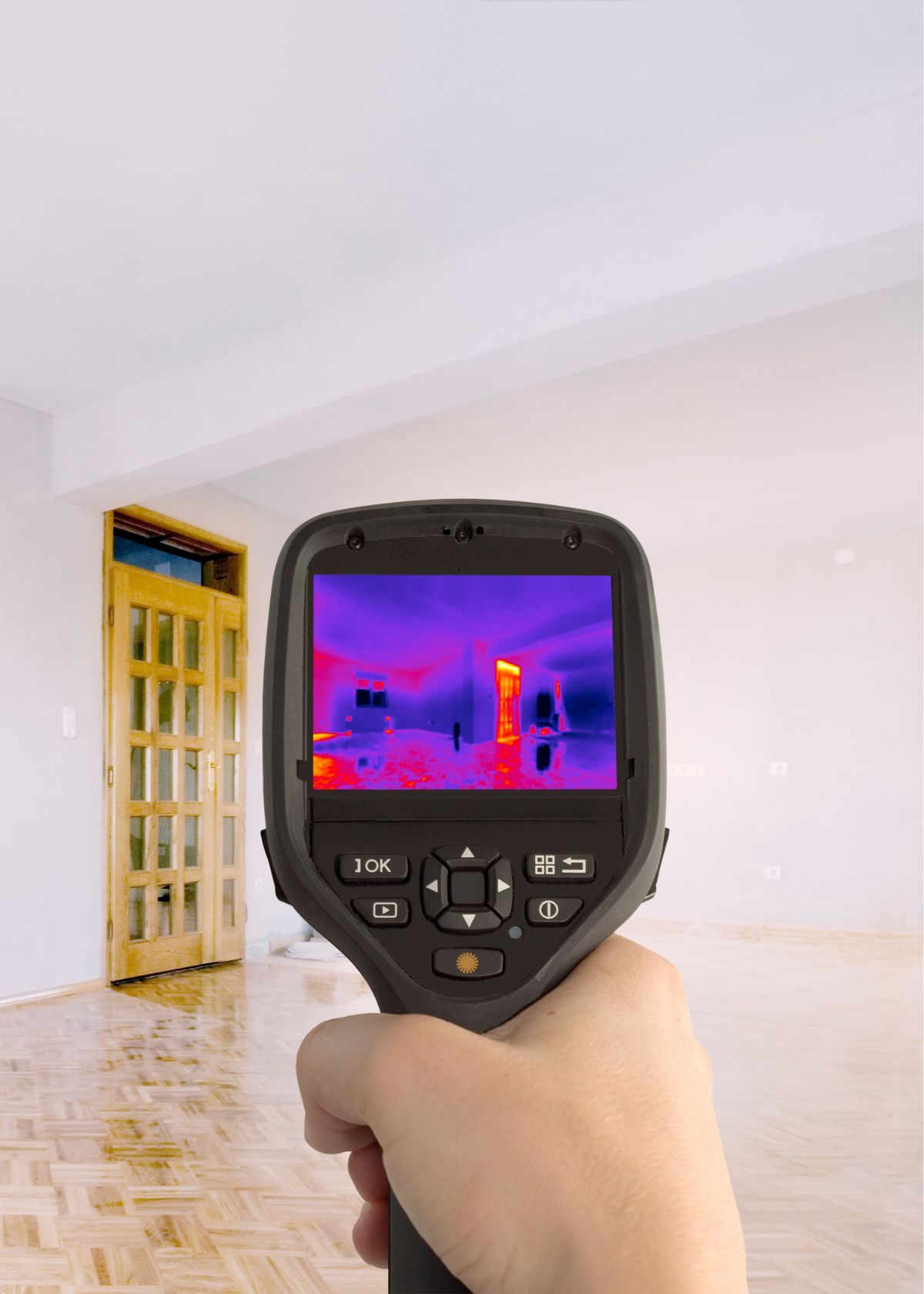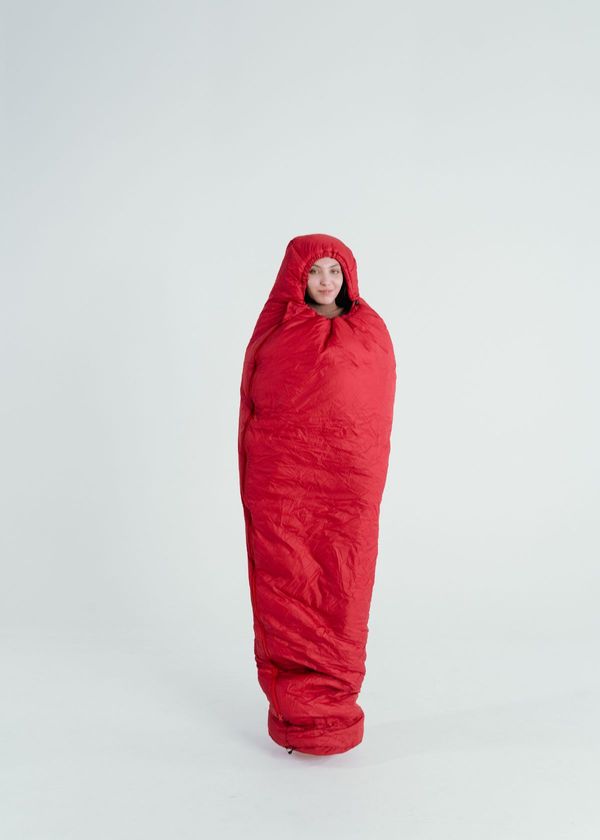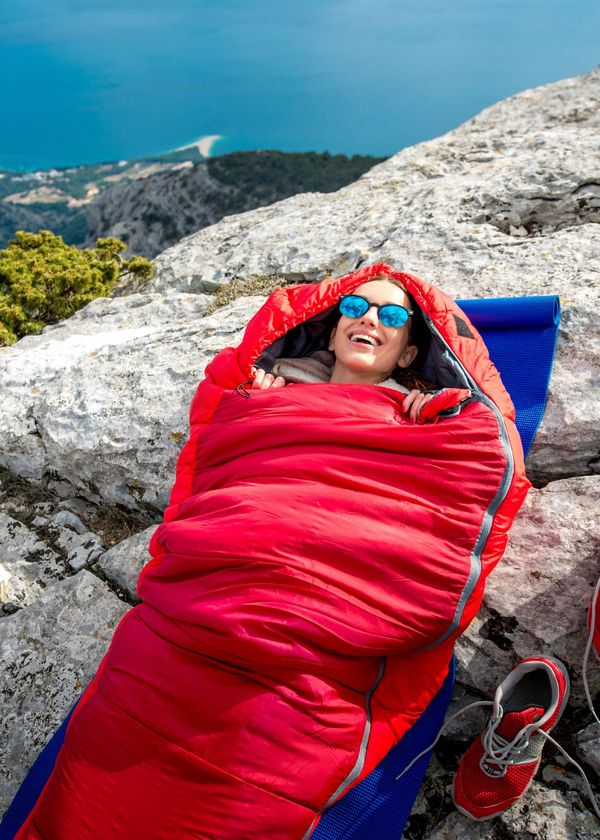What is the Best Thermal Imaging Monocular? Read on to find more!
Are you an outdoors person who loves scouting wildlife or spending time in nature? Are you finding a tool that can help make your adventures more enjoyable and successful? Compact thermal imaging monoculars have become incredibly useful for people engaged in hunting, birdwatching, star gazing, and search & rescue activities. They provide greater visibility during night conditions than regular binoculars or even night vision goggles.
What is the best thermal imaging monocular? With the recent advancements in technological capabilities, several thermal imaging monoculars on the market offer reliable performance at affordable prices. This blog post will discuss what makes an excellent thermal imaging monocular and which is the best choice depending on your needs!

Features of The Best Thermal Imaging Monocular
What is the best thermal imaging monocular? There are several features to consider when looking for the best thermal imaging monocular. The most important feature is image quality; a high-quality image will allow you to detect and identify heat sources quickly and accurately. Another key feature is the range of temperatures you can measure for accurate readings in all conditions, including low and high temperatures.
Additionally, you should consider the detection level; this measures the device's sensitivity and ensures that targets are detected even at long-distance measurements or low temperatures.
Furthermore, an adjustable field of view is essential for surveying large areas from one location. Finally, long battery life is necessary, so you don't have to worry about running out of power during an extended mission or hunt.
How Far Can You See with a Thermal Monocular?
The maximum range of a budget thermal monocular depends on several factors, including the model and power of the thermal imaging device. Generally speaking, lower-end models have shorter viewing distances than more powerful devices. For most standard monoculars, you can expect to see up to 200 yards in the dark and up to 2 miles during daylight hours. Higher-end monoculars may be able to reach out even further, but that comes at an added cost.
Thermal imaging technology uses heat infrared energy (infrared radiation) instead of visible light to create images. This allows you to detect and distinguish objects or animals in total darkness or through smoke, haze, fog, or other obscurants. Thermal monoculars are ideal for hunting and wildlife observation, surveillance and security operations, navigation, low-light search and rescue missions, and several other applications.
In addition to the range of your device, you should also consider the field of view when assessing how far you can see with a thermal monocular. A narrow field of view might limit your ability to spot distant objects even if they're within range, while a wide-angle lens offers better coverage in larger areas. It is also important to remember that objects farther away appear smaller and less distinct in a thermal image than those closer up.
What Thermal Monocular Does the Military Use?
The military uses the PVS-14 Night Vision Monocular for thermal imaging. This best thermal monocular contains advanced infrared technology that can detect heat sources and provide a clear image even in total darkness. It is rugged, lightweight, and ergonomically designed to maximize user comfort during prolonged night vision operations. The PVS-14 is also equipped with bright light cut-off capabilities to prevent damage from high-intensity lighting and can be part of an integrated NVG system.
With its long battery life and versatile features, the PVS-14 is ideal for military personnel needing reliable night vision capabilities. Thermal imaging gives users greater awareness and situational understanding, ultimately enhancing mission success. The PVS-14 allows soldiers to identify their targets and threats in the dark, even in extreme conditions like smoke or dust.
This improved visibility means more excellent safety for the user and their team, in addition to its military use, law enforcement, firefighters, search and rescue teams, hunters, and more use these best thermal monoculars.
It is a versatile tool that can enhance situational awareness in any environment. With its rugged design and long battery life, the PVS-14 Night Vision Monocular provides superior performance to serve our military personnel in any night vision mission.
Which is Better, Night Vision or Thermal Scope?
When it comes to night vision and thermal scopes, there is no clear-cut answer as to which one is 'better.' Both offer certain advantages that make one more suitable for a particular situation than the other. Night vision provides enhanced visibility at night, while thermal scopes allow users to detect heat signatures not visible to the naked eye.
Night vision thermal imagers use a combination of light amplification and image intensification technology. This thermal technology takes existing light from sources such as starlight or moonlight and amplifies it electronically, enabling users to see in low-light conditions. Thermal optics detect infrared radiation emitted by objects due to their temperature differences, making them ideal for hunting in dense foliage or near bodies of water where animals may be hiding.
Ultimately, the choice between night vision and thermal scopes will depend on the user's needs and preferences. Night vision is excellent for scouting an area before a mission or spotting a game in low-light conditions. At the same time, thermal optics can detect heat signatures up to several hundred yards away. Both offer distinct advantages and choosing the one that best fits your particular applications is essential.
No matter which type of thermal sensor you decide is better suited for your needs, proper maintenance and care are essential for ensuring optimal performance from either night vision or thermal scopes. It’s also important to note that both technologies can provide impressive results.
Conclusion
To summarize, the best thermal imaging monoculars will depend on the user’s individual needs. When selecting a handheld thermal monocular for hunting, shoppers should consider image clarity, detection range and capabilities, pixel resolution, refresh rate, and other essential features.
With the right digital zoom equipment, you’ll be ready to take on any activity or mission confidently – whether that means hunting game or surveying terrain in search of prey. Whatever you choose to do with it, select a trusted brand and a camera that meets your requirements so you get the most out of your experience.










